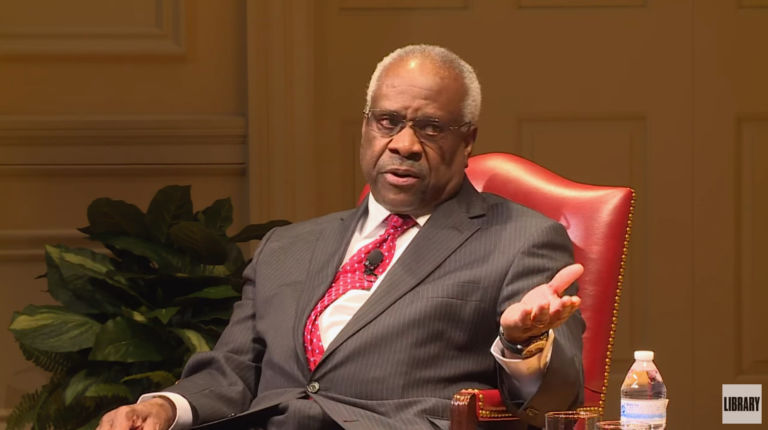1. NCGA rejects energy subsidies for solar while continuing to embrace the anti market principles behind them
For those of us who have been fighting to eliminate solar and other renewable energy subsidies from the burden being born by North Carolina’s taxpayers, the new state budget is very welcome. As of January 1, the 35 percent tax credit for renewables in general and solar in particular, by far the largest beneficiary, will expire. Of course this is only one slice of the renewable subsidy pie. The other is the state’s renewable portfolio standard requiring that at least 12.5 percent of electricity in North Carolina be generated from some combination of several energy sources, most prominently solar and wind power. It remains to be seen whether anything will be done to roll back this costly mandate on electricity customers.
But while the legislature and apparently the governor have rejected, or at least are in the process of rejecting, subsidies for renewable energy, a free market in energy without government subsidies is not the alternative that is being embraced. Buried in the budget for the Department of Energy and Natural Resources on page H-11 number 46 is found the following:
Provides nonrecurring funding to drill new vertical geological test NR holes in shale-bearing basins as well as any relevant analyses needed to examine the basins, cores, boreholes, or other geological analyses required to evaluate natural gas potential. Funding may also be used to analyze pre-existing cores.
The amount of taxpayer money attached to this item is half a million dollars. And the purpose of this expenditure? "To evaluate natural gas potential" from hydraulic fracturing (fracking). Does this need to be done before actual exploration for natural gas can begin? Absolutely. Is it the role of state government, using taxpayer money, to do it? Absolutely not. This is part of the start up investment whose costs should be born by those companies that hope to profit from the sale of any natural gas that is ultimately brought to market.
The issue here is not the price tag for taxpayers. Compared to the hundreds of millions of dollars of taxpayer money that the solar industry has been raking in over the last few years, $500,000 can only be viewed as chump change. But the fact that this is in the budget suggests that the principle behind abolishing the solar subsidies has not been embraced and maybe not even be understood. The reason why subsidies for solar or wind power need to be abolished is not because, compared to other energy sources, these are a bad investment or unreliable forms of energy. The underlying principle is that these questions should be decided by entrepreneurs, investors, and consumers, voluntarily risking their own money. It is decidedly not the job of politicians in the general assembly or DENR bureaucrats risking taxpayer money to make these decisions. And it is my fear that with this provision the current budget is putting North Carolina on the road to simply substituting one set of energy cronies for another.
It is actions like these which suggest that, even with Republican control of both North Carolina’s legislative and executive branches, the struggle to win over the hearts and minds of politicians to the philosophy of freedom and free enterprise is not even close to being won.
2. Ozone Report
The 2015 ozone season began on April 1 and, as I have been doing since this newsletter was started, each week during the ozone season this newsletter will report how many, if any, high ozone days have been experienced throughout the state during the previous week, where they were experienced, and how many have been recorded during the entire season to date. (Note: ground level ozone, which is what we are reporting on is often called "smog.") According to current EPA standards a region or county experiences a high ozone day if a monitor in that area registers the amount of ozone in the air as 76 parts per billion (ppb) or greater. The official ozone season will end on October 31. All reported data is preliminary and issued by the North Carolina Division of Air Quality, which is part of the state’s Department of Environment and Natural Resources. Thus far this season there have been 5 high ozone days recorded on any of the state’s 42 monitors. Three occurred on June 25 and two on August 5.
The table below shows all of North Carolina’s ozone monitors and the high reading on those monitors for each day of the 7-day period, September 7-September 13.

Click here for the Economics & Environment Update archive.
You can unsubscribe to this and all future e-mails from the John Locke Foundation by clicking the "Manage Subscriptions" button at the top of this newsletter.


